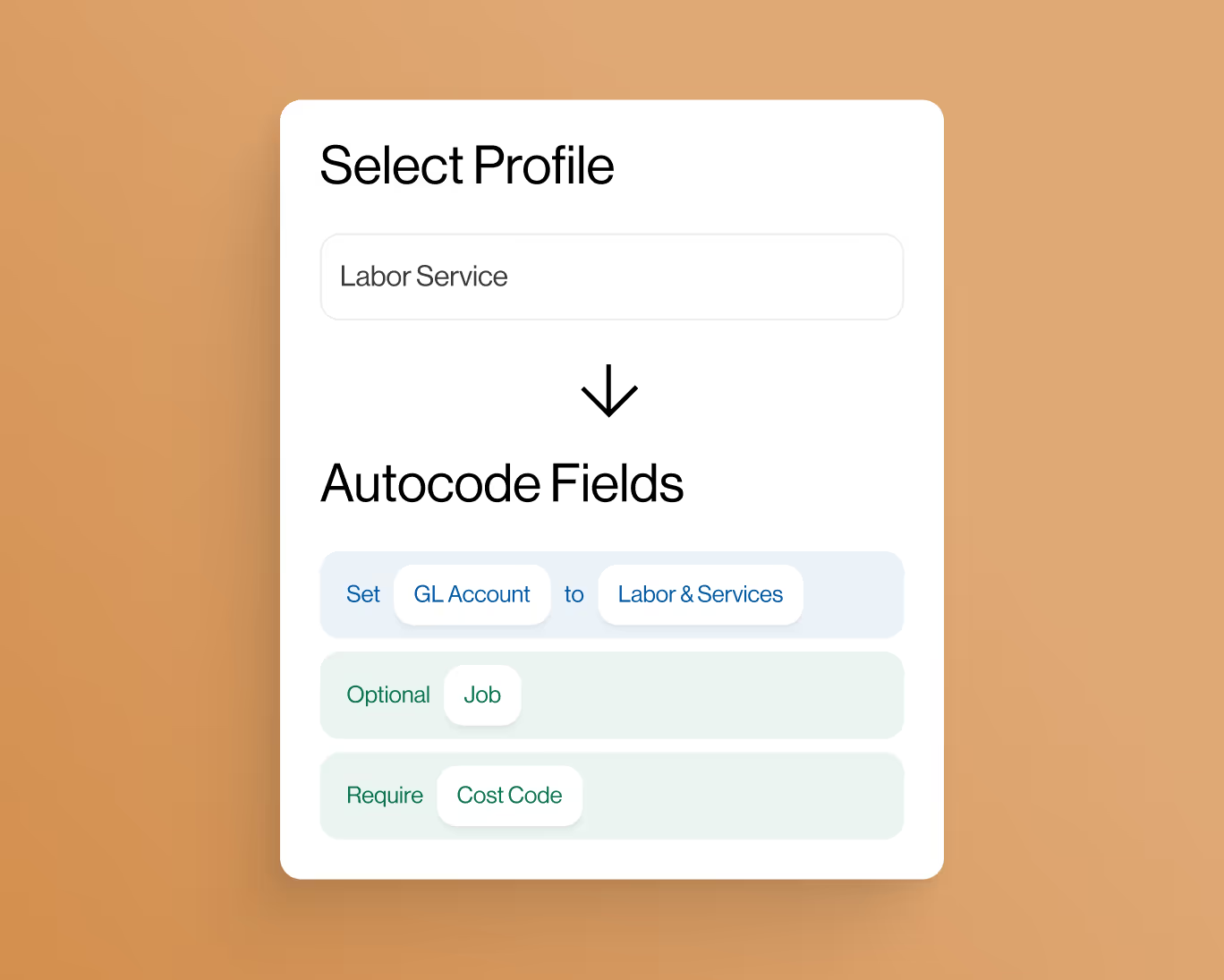Unveiling Transparency: The Significance of the Direct Cash Flow Method in Construction
The Direct Cash Flow Method is a powerful financial tool that brings transparency and clarity to a construction company's financial operations. In this guide, we'll explore what the Direct Cash Flow Method entails in the construction industry, why it is significant, and how its application enhances financial management and decision-making within construction businesses.
Understanding the Direct Cash Flow Method in Construction
The Direct Cash Flow Method is an accounting technique that tracks the cash inflows and outflows directly associated with a company's operating activities. In the context of construction, this method provides a detailed breakdown of cash transactions related to the core functions of the business, offering a granular view of how cash is generated and utilized in day-to-day operations.
Key Components of the Direct Cash Flow Method
The Direct Cash Flow Method typically includes the following key components specific to the construction industry:
Operating Activities
Operating activities encompass the primary revenue-generating functions of a construction company. This includes cash receipts from customers, payments to suppliers, wages, and other operational expenses. The Direct Cash Flow Method meticulously records each transaction, providing a comprehensive overview of the cash flow dynamics within the operating domain.
Investing Activities
Investing activities in construction involve cash transactions related to the acquisition and disposal of long-term assets. This may include purchases of new equipment, property, or investments in subsidiaries or joint ventures. The Direct Cash Flow Method ensures that every cash movement tied to investing activities is transparently accounted for.
Financing Activities
Financing activities focus on the cash flows associated with a company's capital structure. For construction businesses, this can involve obtaining loans, issuing bonds, repurchasing stock, and making debt payments. The Direct Cash Flow Method sheds light on how external financing impacts the overall cash position of the company.
The Significance of the Direct Cash Flow Method
The Direct Cash Flow Method holds immense significance in the construction industry for several reasons:
Enhanced Decision-Making
By providing a detailed breakdown of cash flows, the Direct Cash Flow Method empowers construction executives to make informed decisions. Whether it's allocating resources for a new project, managing working capital, or assessing the need for external financing, the method offers valuable insights that contribute to strategic decision-making.
Transparency and Accountability
Transparency is crucial for maintaining trust with stakeholders, and the Direct Cash Flow Method is a powerful tool for achieving it. Construction businesses can use this method to provide stakeholders with a clear and concise view of how cash is generated and utilized, fostering accountability and transparency in financial reporting.
Effective Cash Flow Management
Construction projects often involve complex cash flows with multiple stakeholders and payment structures. The Direct Cash Flow Method enables construction companies to manage cash flow effectively by identifying potential bottlenecks, optimizing payment schedules, and ensuring that there is sufficient liquidity to cover operational needs.
Strategic Planning
Strategic planning is essential for the long-term success of construction businesses. The Direct Cash Flow Method facilitates strategic planning by providing a forward-looking view of expected cash flows. This allows companies to anticipate financial needs, plan for investments, and navigate potential challenges proactively.
Challenges and Considerations
While the Direct Cash Flow Method offers numerous benefits, construction companies must be aware of potential challenges:
- Complex Project Structures: Construction projects often involve intricate payment structures and multiple stakeholders. Properly categorizing and tracking cash flows in such scenarios requires meticulous attention to detail.
- Project Timing and Delays: Construction projects are susceptible to delays, impacting the timing of cash inflows and outflows. Companies using the Direct Cash Flow Method need to account for potential delays and adjust their projections accordingly.
- Seasonal Variations: Construction activity may experience seasonal variations, affecting cash flows. Businesses must consider these fluctuations when using the Direct Cash Flow Method for financial planning.
Conclusion
In conclusion, the Direct Cash Flow Method is a valuable tool that brings transparency and precision to financial management in the construction industry. By embracing this method, construction businesses can enhance decision-making, build trust with stakeholders, and effectively navigate the complexities of cash flows inherent in the dynamic construction landscape.










